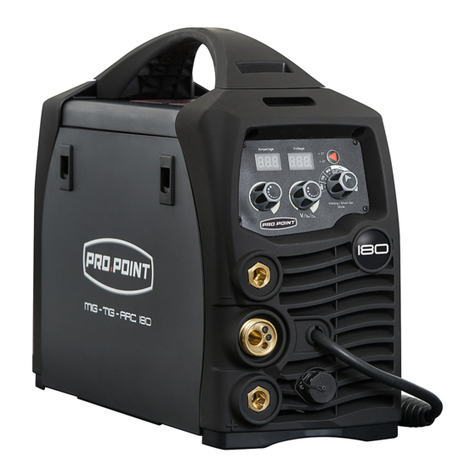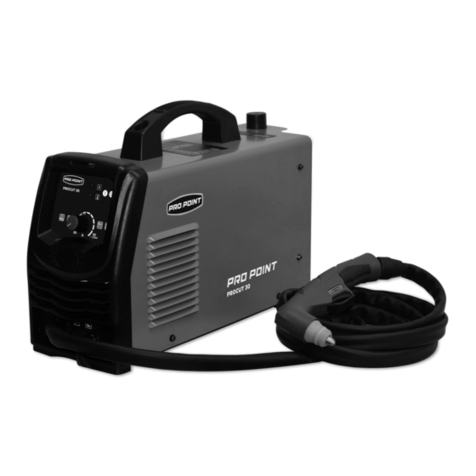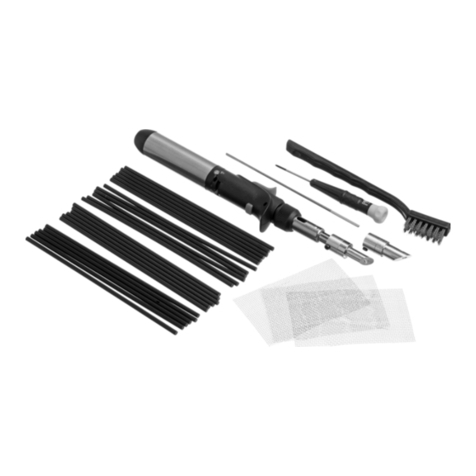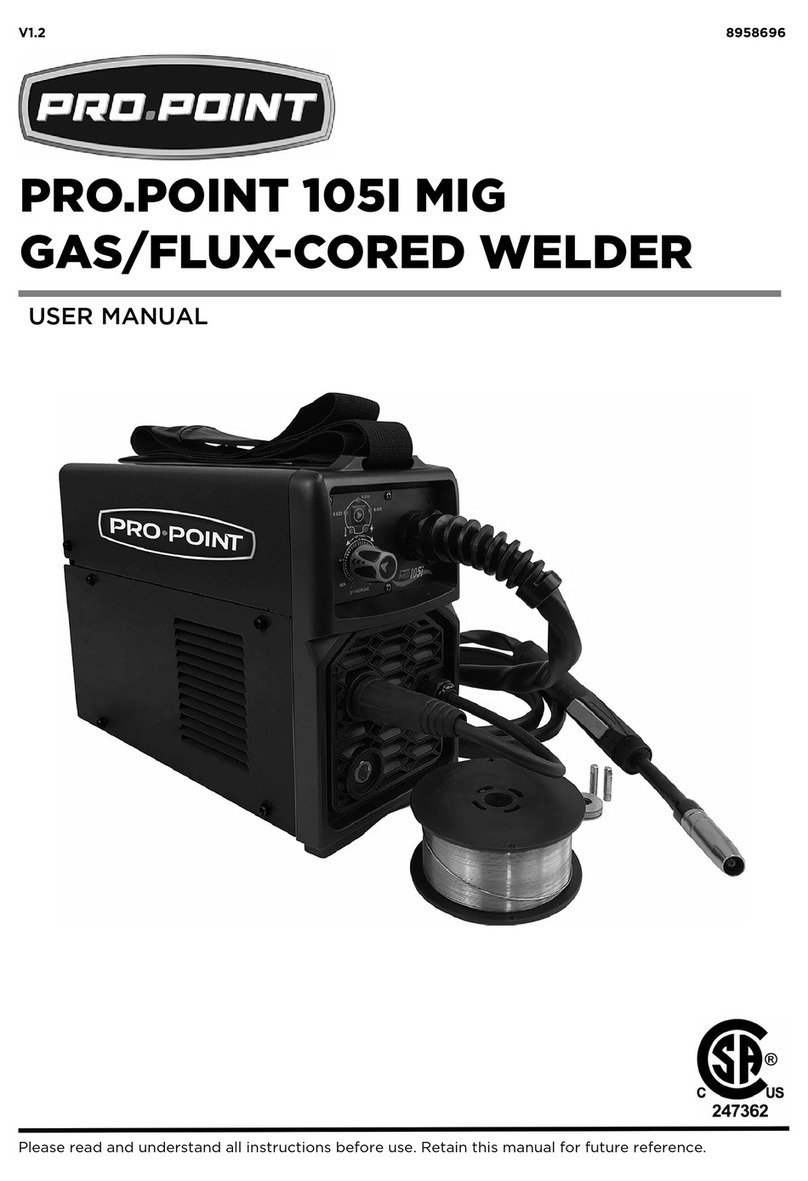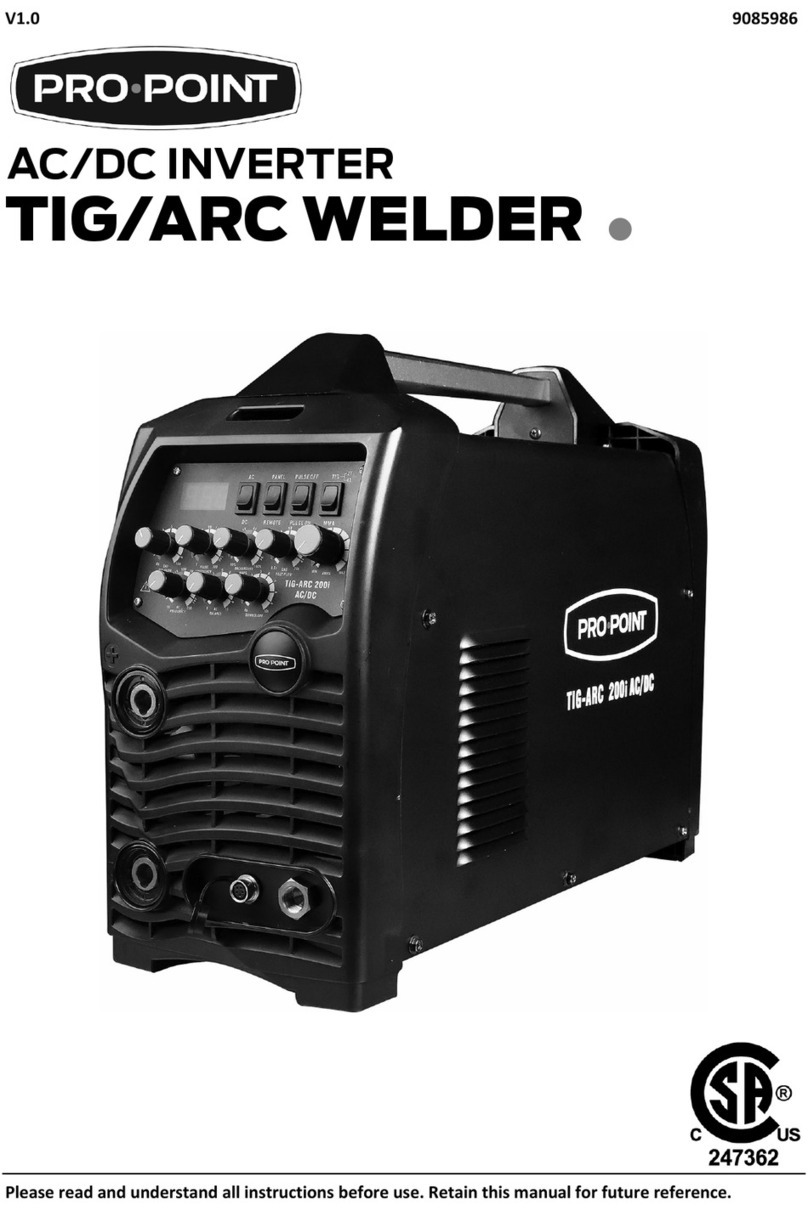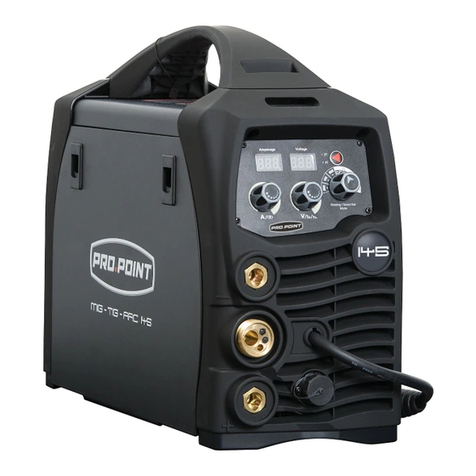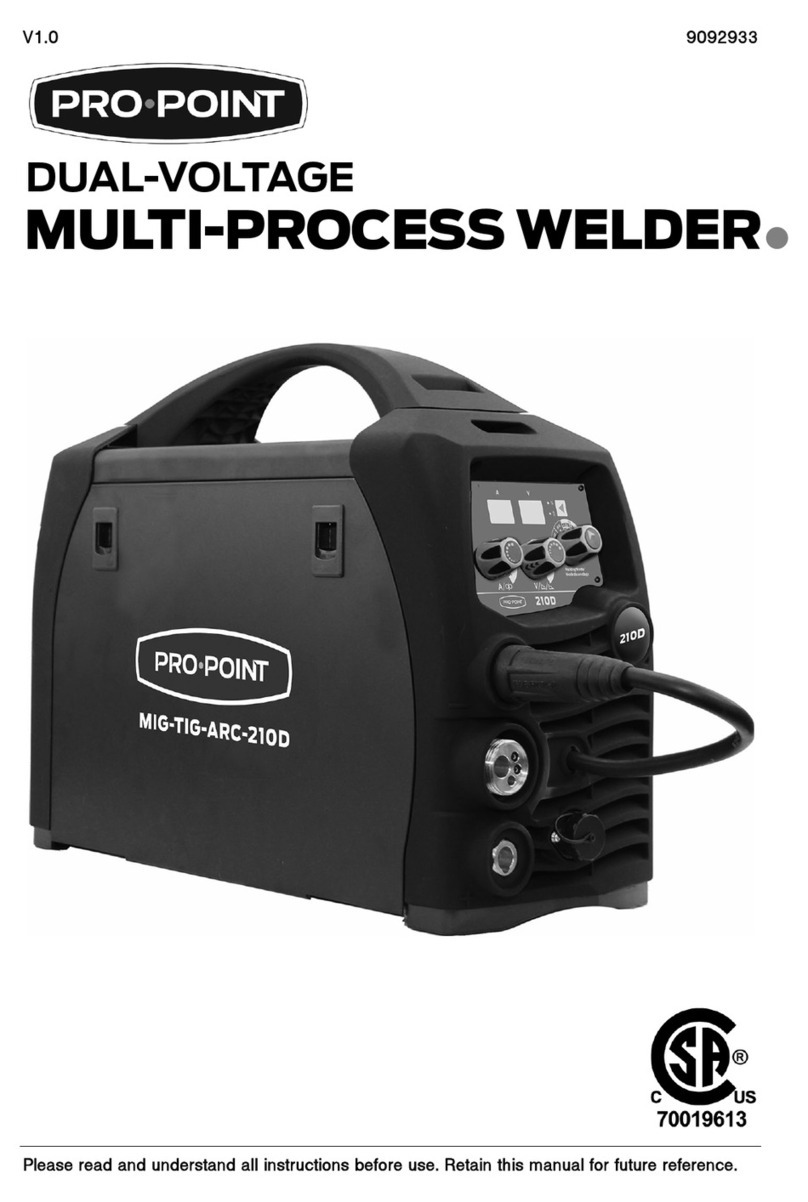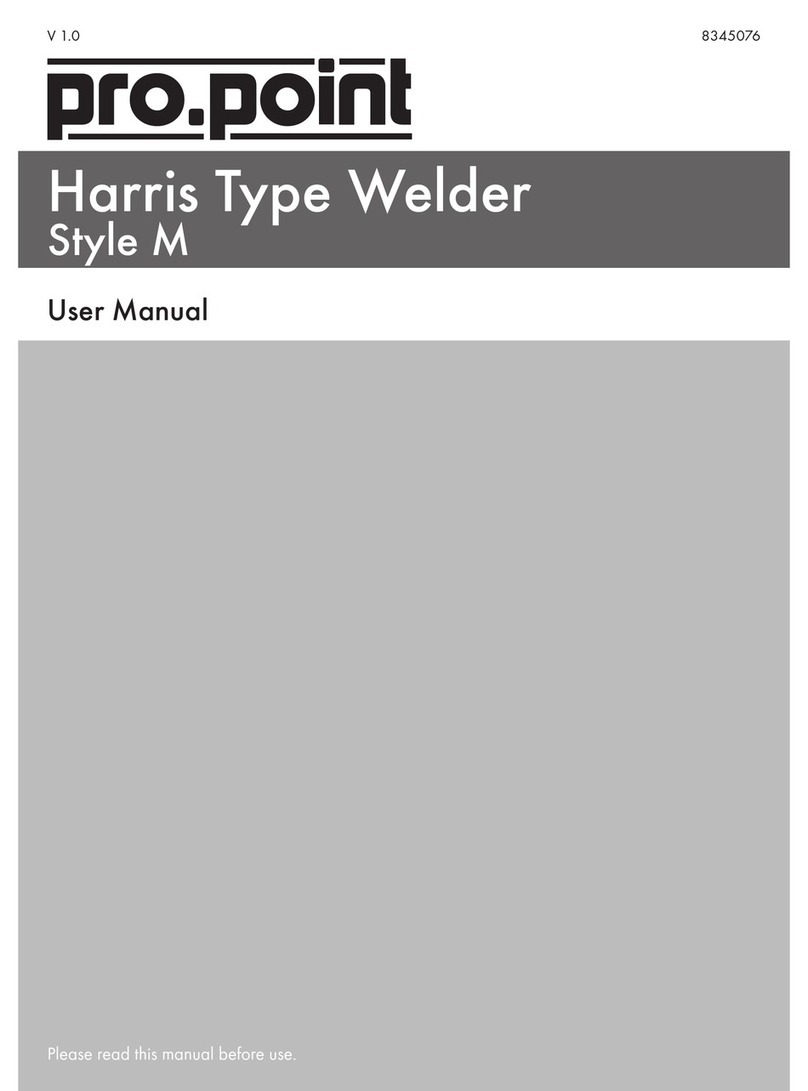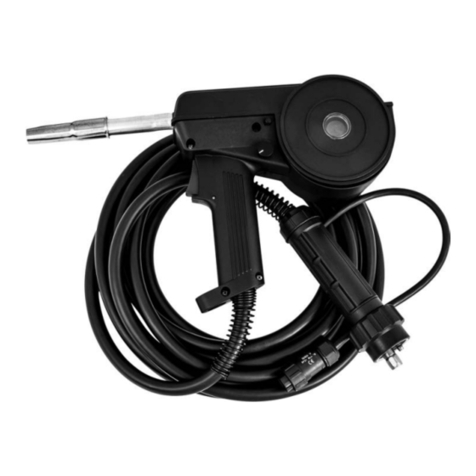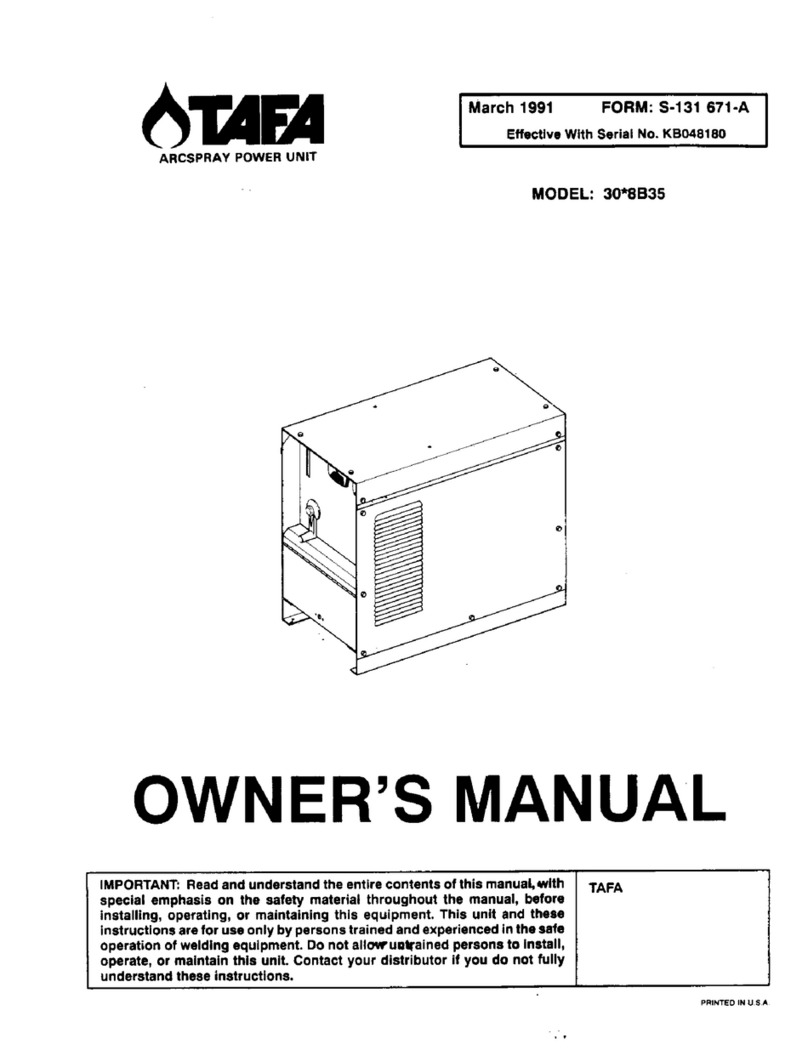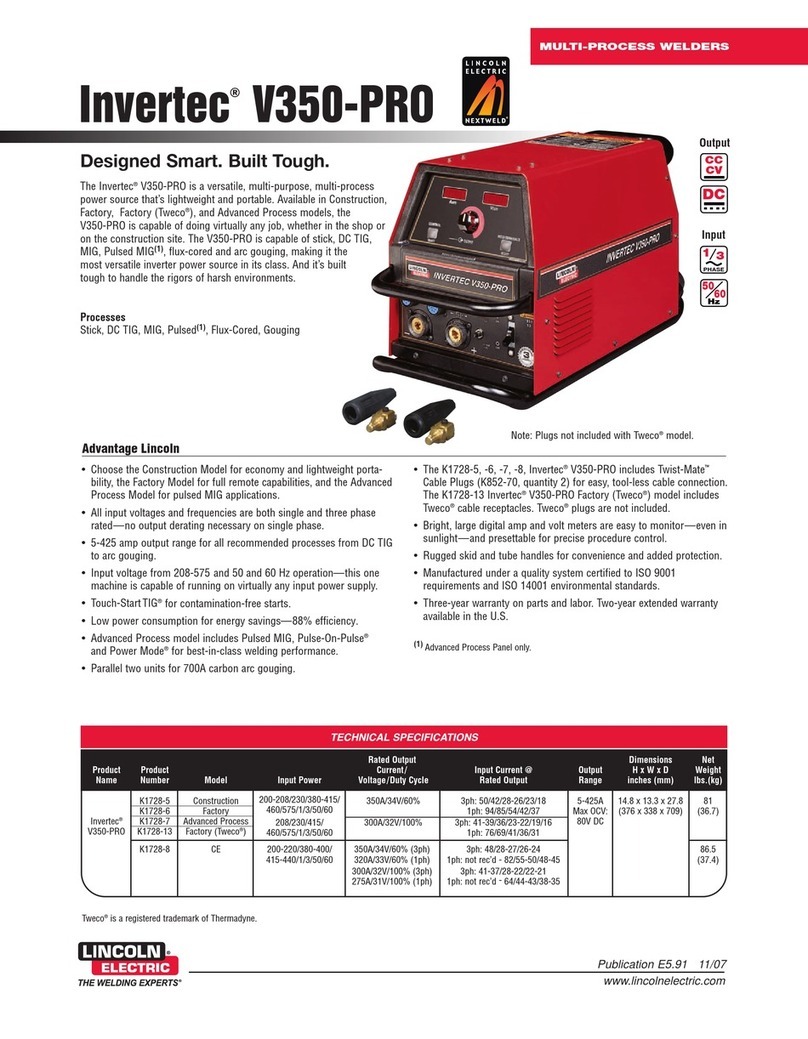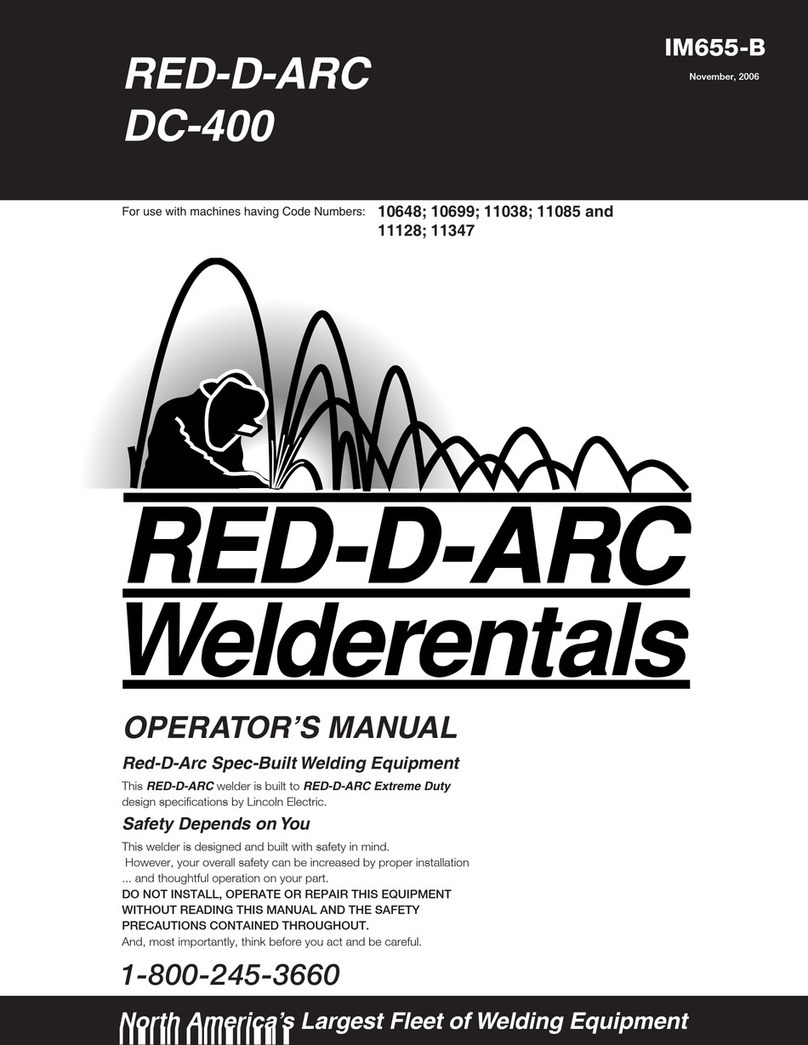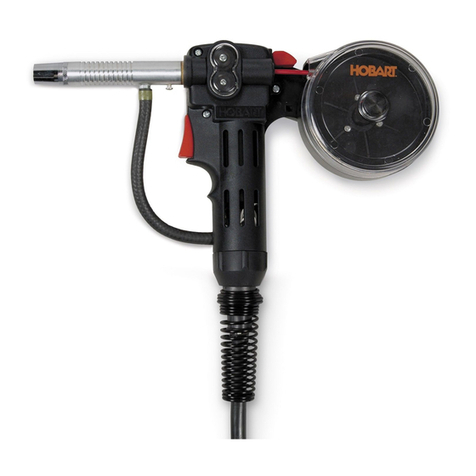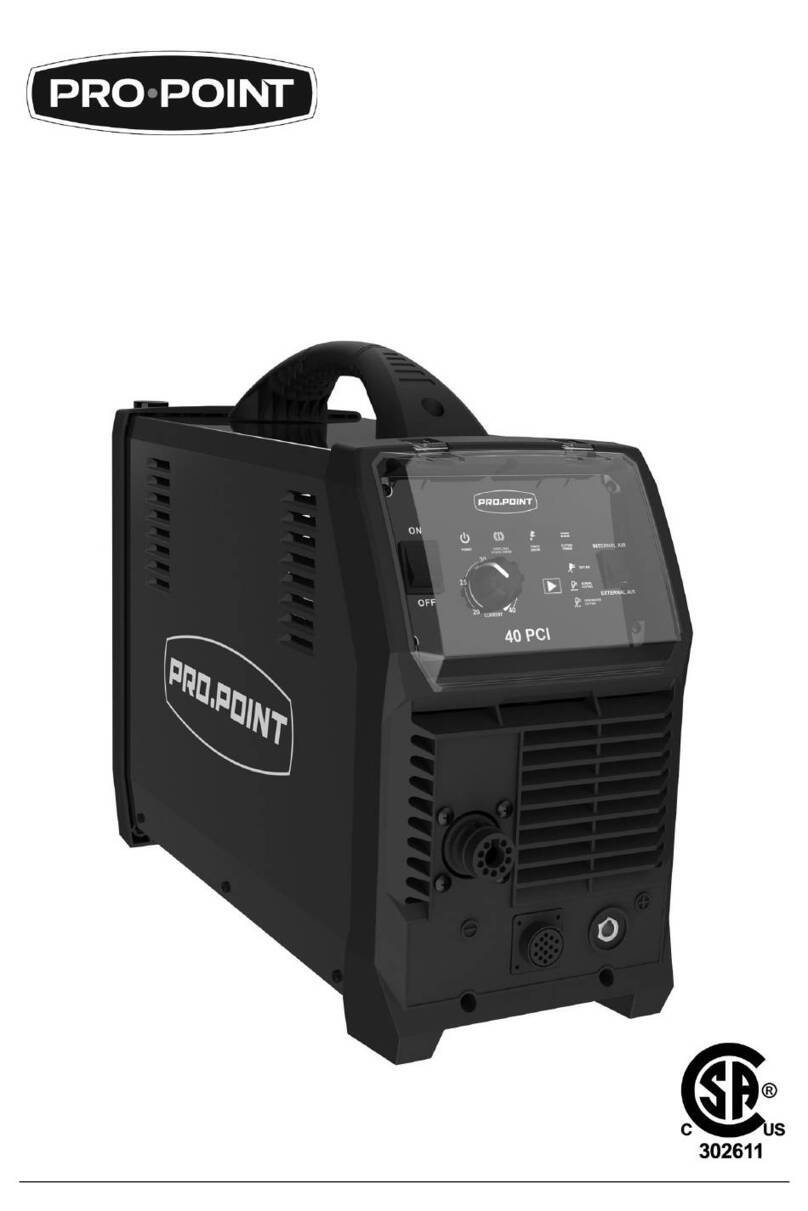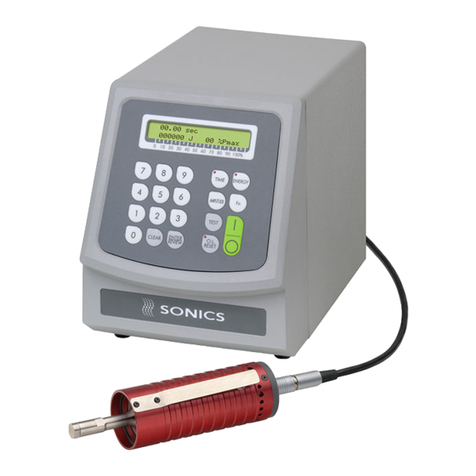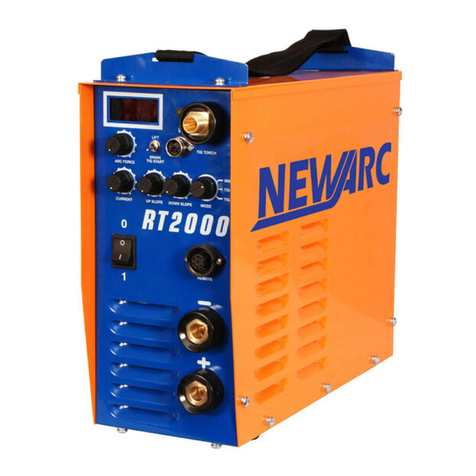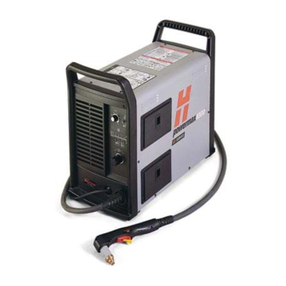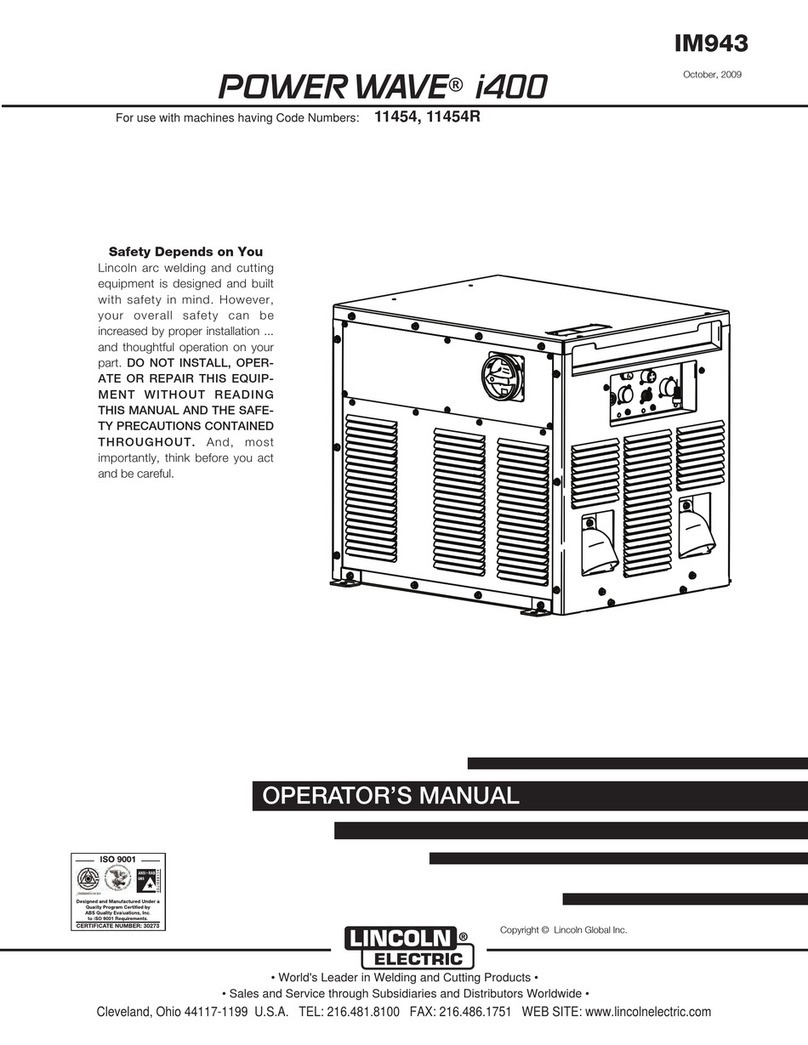
V1.1 PROCUT45 PLASMA CUTTER 8611303
Visit www.princessauto.com for more information 9
11. Do not operate the plasma cutting machine if the plasma
torch or welding cable is wet. Do not immerse them in
water. These components and the plasma cutting machine
must be completely dry before attempting to use them.
12. Do not point the plasma torch at any body part of yourself
or at anyone else.
13. Do not use a plasma cutting machine to thaw frozen pipes.
14. Insulate yourself from the work and the ground using dry
insulation. Make certain that the insulation is large enough
to cover your full area of physical contact.
15. Never dip the electrode in water for cooling.
16. When not welding, make certain that no part of the electrode
circuit is touching the workpiece or the ground. Accidental
contact can cause overheating and create a fire hazard.
17. Maintain good ventilation of the louvers on this equipment.
Good ventilation is of critical importance for the normal
performance and service life of this equipment.
FIRE AND EXPLOSION PRECAUTIONS
Arc welding can produce sparks, hot slag or spatter, molten
metal drops and hot metal parts that can start fires.
1. Clear the floor and walls of an area of all combustible and/or
flammable materials up to 39 ft (12 metres) away from the
plasma cutting machine. Hot debris ejected during welding
can land at a considerable distance away. Solid floors of
concrete or masonry is the preferred working surface.
1.1 Cover any combustible material with fire resistant
covers or shields, if it cannot be removed. The covering
must be tight and should not leave openings for sparks
or ejected slag to enter.
1.2 Check both sides of a panel or wall for combustible
material. Remove the combustible material before welding.
